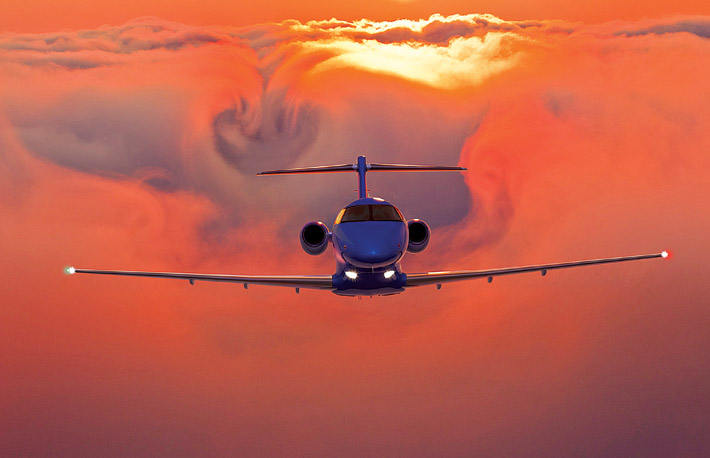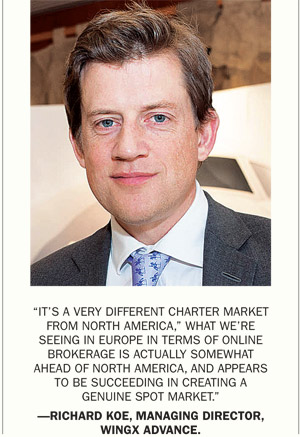INDIAN ARMED FORCES CHIEFS ON OUR RELENTLESS AND FOCUSED PUBLISHING EFFORTS

The insightful articles, inspiring narrations and analytical perspectives presented by the Editorial Team, establish an alluring connect with the reader. My compliments and best wishes to SP Guide Publications.

"Over the past 60 years, the growth of SP Guide Publications has mirrored the rising stature of Indian Navy. Its well-researched and informative magazines on Defence and Aerospace sector have served to shape an educated opinion of our military personnel, policy makers and the public alike. I wish SP's Publication team continued success, fair winds and following seas in all future endeavour!"

Since, its inception in 1964, SP Guide Publications has consistently demonstrated commitment to high-quality journalism in the aerospace and defence sectors, earning a well-deserved reputation as Asia's largest media house in this domain. I wish SP Guide Publications continued success in its pursuit of excellence.
Bouncing Back, Albeit Slowly
This is an exciting time for business aviation, with innovative new aircraft, technologies and business models coming to the fore. The industry is looking dynamic as it expands its offerings for new and existing customers and aircraft owners.

The European Business Aviation Association (EBAA) is excited about the economic prospects in Europe. Having proven resilient to global challenges last year, the European economic recovery is expected to continue this year and next: for the first time in almost a decade, the economies of all European Union (EU) member states are expected to grow throughout the entire forecasting period (2016, 2017 and 2018). However, the outlook is surrounded by higher-than-usual uncertainty.
Real GDP in the euro area has grown for 15 consecutive quarters, employment is growing at a robust pace and unemployment continues to fall, although it remains above pre-crisis levels. Private consumption is still the engine of the recovery. Investment growth continues but remains subdued.
In its winter forecast released, the European Commission expects euro area GDP growth of 1.6 per cent in 2017 and 1.8 per cent in 2018. This is slightly revised up from the autumn forecast (2017: 1.5 per cent, 2018: 1.7 per cent) on the back of better-than-expected performance in the second half of 2016 and a rather robust start into 2017. GDP growth in the EU as a whole should follow a similar pattern and is forecast at 1.8 per cent this year and next (autumn forecast: 2017: 1.6 per cent, 2018: 1.8 per cent).
Ultra-long range aircraft in demand
EBAA has said that while the United States is seeing a resurgence in business aircraft ownership, Europe has seen more narrow growth, in specific categories and markets. Demand for ultra-long-range aircraft has remained strong, and light jet activity was up 10 per cent in 2016 over 2015. Operations by turboprop and piston aircraft remained sluggish, but demand for light jets in Europe is being driven by new usage models in charter and shuttle services.

“It’s a very different charter market from North America,” said Richard Koe, Managing Director of WINGX Advance. “What we’re seeing in Europe in terms of online brokerage is actually somewhat ahead of North America, and appears to be succeeding in creating a genuine spot market.”
While traditional aircraft brokers are well established in the United States, and many American flight departments choose to put their aircraft on a Part 135 certificate for supplemental revenue, the charter market in Europe is not as consolidated. This has left an opening for new entrants, particularly brokers leveraging online sales platforms. On the online marketplaces, light jet charters have flourished, especially with infrequent users of business aviation, who are on the fence about stepping up to fractional or private ownership.

Historically, it’s also been harder for charter operators in Europe to become true regional players, because of cultural and market differences across the continent. In 2016 for example, business aircraft charters in Germany were down 4.2 per cent over 2015, while France was the continent’s top charter market, with activity up 7.2 per cent. Brokers on the online marketplace are finding a way to bridge these differences in Europe, by consolidating real-time supply and matching it to requests submitted through apps and web portals.
“Companies such as JetSmarter, for example, are building transcontinental membership bases and leveraging pre-purchased inventory to provide guaranteed charter availability,” said Koe. “They’re also introducing city-to-city business aircraft shuttles, similar to those that have been successful in the United States.”
Koe is presenting a session on business aviation trends in Europe at the 2017 European Business Aviation Convention & Exhibition (EBACE 2017), during the International Aircraft Transactions Seminar on May 21. The seminar leading into EBACE also will feature sessions on how the US market affects the European market, and vice versa; details on the emerging business models driving aircraft utilisation; and a panel of leading aircraft financiers.
From flat figures to signs of vigour
Presenting the state of the European business aviation industry at its annual press conference, Brandon Mitchener, the new CEO of the EBAA, said that the sector was showing promising signs of vigour after a few years of flat figures.
“We’ve now had six months of steady growth in traffic numbers and they’re the best since 2011,” said Mitchener. “This is an exciting time for business aviation, with innovative new aircraft, technologies and business models coming to the fore. The industry is looking dynamic as it expands its offerings for new and existing customers and aircraft owners.”
Mitchener underlined business aviation’s unmatched value proposition: meeting needs that no other transport option can satisfy by helping users gain direct access to destinations while achieving huge time savings, flexibility and full control over their schedules—even if their itineraries combine multiple and remote destinations.
EBAA HAS BEEN WORKING ON BEHALF OF ITS MEMBERS AND THE INDUSTRY TO ENSURE REASONABLE AND PROPORTIONATE RULES FOR THE SECTOR, AS WELL AS TO PROMOTE NEW TECHNOLOGIES THAT ENHANCE SAFETY AND ACCESS TO SMALLER AIRPORTS
“It’s a vibrant, evolving industry and many players are developing new ways of working that further expand customers’ freedom of choice,” said Mitchener. This includes online booking platforms with faster response times, more transparency and better pricing.
EBAA member company Stratajet pointed to the broader customer base thanks to the direct access to private jets through an online platform. “We are reaching out to new types of customers, one-third of whom are first-time private jet users, and many of whom are in the 25-34 age segment, comprising a tech-savvy new audience of fliers,” said Ricardo Gato, CMO of Stratajet.
More choice
Another area where customers are gaining more choice is in the use of singleand twin-engine turboprop offerings. Maxime Bouchard, Managing Director of JetFly Aviation, described the potential of that entry-level and versatile segment of business aviation following the European Aviation Safety Agency’s recent approval of single-engine turboprop aircraft for commercial operations in Europe.
This opens new possibilities for utilising a single-engine turboprop that has the same range and capacity as some business jets, according to Bouchard. “These aircraft can land on two to three times more airfields than a jet – some 2,000 airfields in Europe compared to 800 for a jet. As a user, you get more choice, avoid congested airfields and can land closer to your destination,” said Bouchard.
Mitchener said this was an example of how EBAA was working on behalf of its members and the industry to ensure reasonable and proportionate rules for the sector, as well as to promote new technologies that enhance safety and access to smaller airports, including satellite-based navigation, instrument landing approaches such as LPV and augmented vision technologies.
EBAA Chairman, Juergen Wiese, added: “As we mark the 40th anniversary of our Association this year, we are happy to report a steady increase in our membership numbers as well as increasing levels of expertise and support that we are already able to provide our member companies. And we will continue to develop further these capabilities for our membership at this promising time for our industry.”
Looking to this month’s EBACE 2017, Mitchener said that the 17th edition of EBACE in Geneva was going to be “this year’s best and biggest business aviation event in Europe.”
“We have an exciting show lined up, highlighting where the sector is going and showcasing on the static display more than 50 of the latest generation of business aircraft and avionics equipment. In the Palexpo halls we have more than 400 exhibitors, and we’re pleased to have Bertrand Piccard, Founder and Pilot of Solar Impulse, the first aircraft to fly around the world entirely on solar power, as our keynote speaker,” said Mitchener.
Business aviation traffic figures rose for a fifth consecutive month, thrusting ahead an additional 9 per cent, to top off rises of 3.6 per cent in February and 6.4 per cent in January, compared to the same period last year. The total growth in departures, arrivals, internals and overflights in the Single European Sky area came to 6.7 per cent for Q1 compared to 2016, for a 12-month total of 1.7 per cent growth.
The 2017 EBACE will showcase more than 500 exhibitors and 60 business aircraft on static display, with experts set to debate and define the future of the industry. Hosted by the EBAA and the National Business Aviation Association (NBAA), EBACE takes place May 22 to 24 at Geneva’s magnificent Palexpo.





